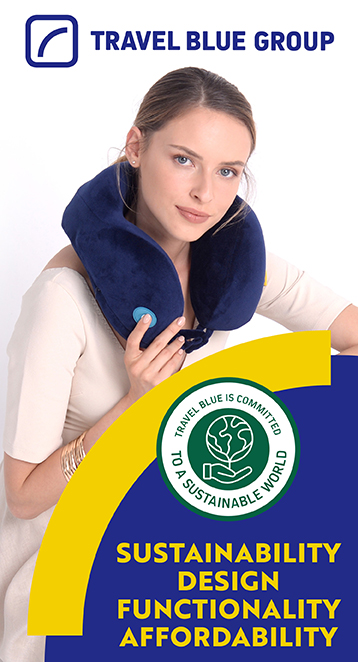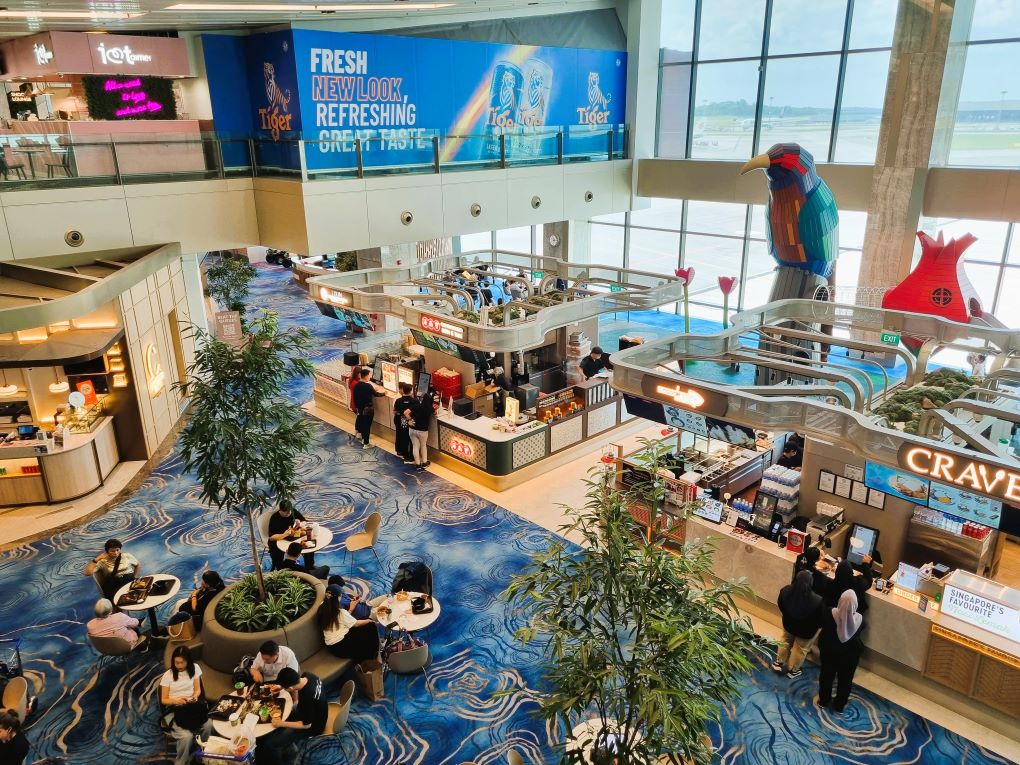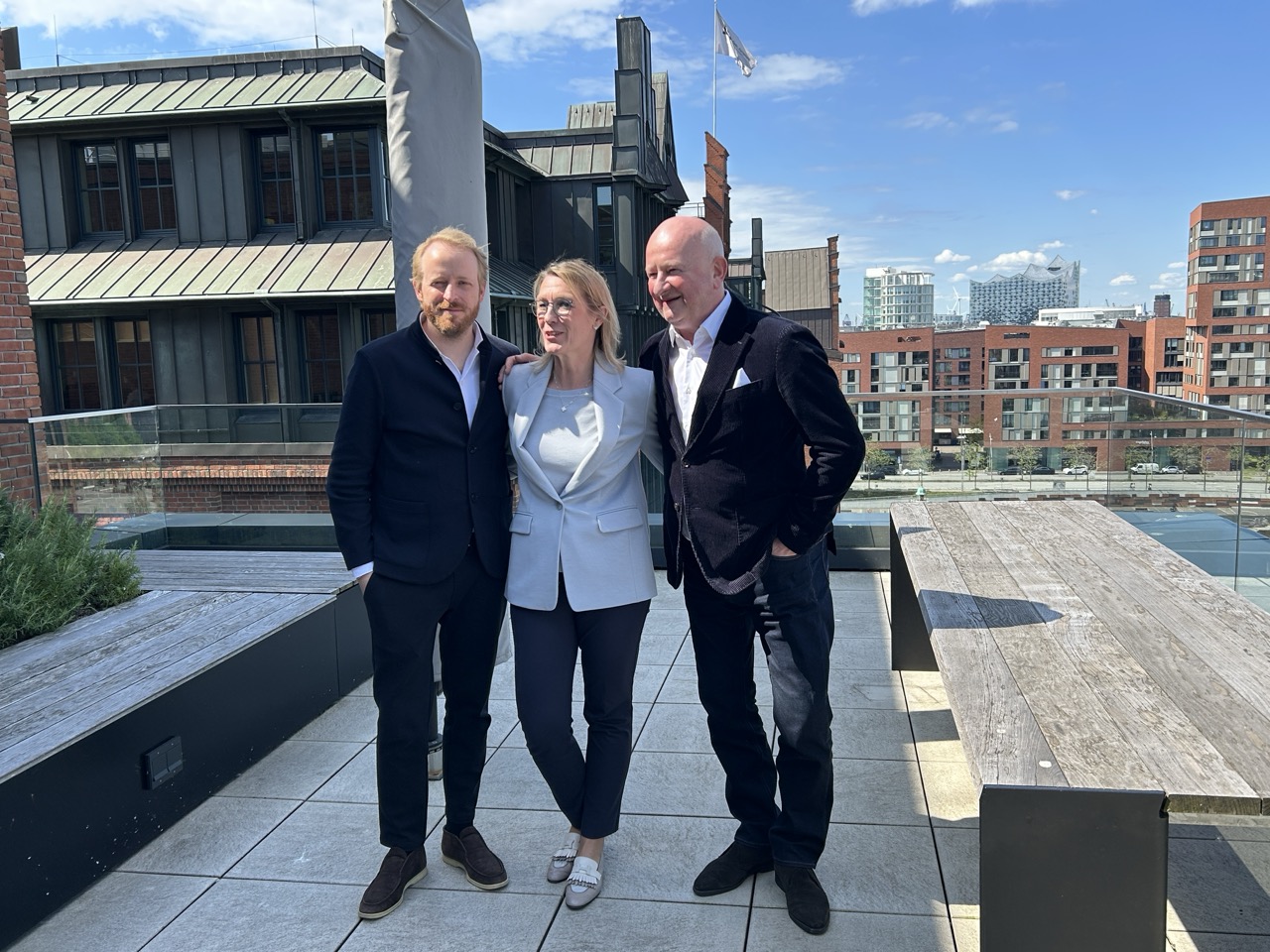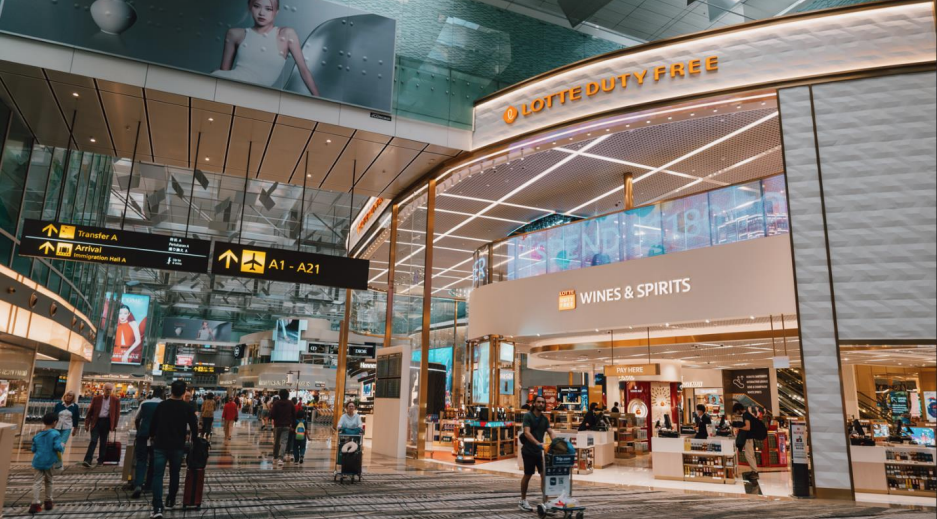 INTERNATIONAL. In this day and age when the words ‘additional car parking capacity required’ tends to be frowned upon by boardrooms and local authorities alike, how do airport managers respond when inevitably they require more parking capacity, land is precious and planning difficult?
INTERNATIONAL. In this day and age when the words ‘additional car parking capacity required’ tends to be frowned upon by boardrooms and local authorities alike, how do airport managers respond when inevitably they require more parking capacity, land is precious and planning difficult?
There are many suppliers of multi-storey car park solutions ranging from traditional concrete construction through to simple metal decks and grand steel edifices [not all attractive, granted, but I love car parks].
Frankly, it’s a bit of a maze. Firstly there is the all-important business case, then the planning and endless tendering for design and build, establishing a project board – oh, and also when can you expect your shiny revenue generating new asset? Given the 12-18 month timeframe and with all the disruption and inconvenience for passengers, potential loss of revenue, etc., it’s no wonder it isn’t a popular boardroom decision.

The answer for most airports could be to bring on the metal deck solutions. Surprisingly, they are no longer ugly as they have less visual impact than concrete and can be ‘pimped up’ with powder coated coloured steel floor decks, fancy cladding and great lighting solutions.
Steel construction is becoming the most widely adopted method of constructing single- and multi-storey car parks in Europe and the UK. This new breed of car park has recently been going up at airports from Bristol to Marseilles.
Steel car parks are no longer hidden away in the back of the long stay car park or poorly constructed railway station and supermarket car parks with a forest of dangerous car damaging columns and tight turning circles. Today they can be the right solution for airport terminal car parks too.
So what are the facts and where are the best examples?

The steel product delivers a fast track method of construction with reduced project and labour costs, but equally as important, provides greater flexibility (some can be relocated and re-purposed) and aesthetic benefits over traditional construction methods.
Cost per space is therefore considerably cheaper at £7-10,000 (US$8.8-12,500) depending on site specifics, cladding treatment and the number of stair cores and lifts. The car park can be constructed over a number of phases, making it easier on the budget and providing incremental revenue at the right time often within 12 weeks from out of the ground. It is more typically six months for an airport car park while avoiding the usual heavy revenue losses from disruption due to cleverly planned build phases.
Suppliers such as Goldbeck and Raised Floor Solution’s Kingspan range have provided car parks at Aberdeen and Luton airports respectively, but there are other suppliers including Duplipark, Huber and Bourne Group.
Another Level and Top Deck claim their portable and temporary decks can be built in just a few days and are suitable for overflow, valet parking storage, event and staff parking solutions.
But what about lifecycle costs? Let’s face it, in a country like the UK there is a lot of wet weather, but most of these galvanised steel products are protected from corrosion with heavy-duty zinc rich coatings to guarantee longevity.
We all remember the incidents of ‘concrete cancer’ both at airports and in high street car parks. But these steel car parks will shrug off the rain and road salts and provide a much lighter and airier looking product than the old concrete multi-storey car parks of the 1960s and 70s, which are best left to bad movie car chase sequences.
So building new steel parking capacity can be ‘The Fast and the Furious’ solution that airports need whilst realising their revenue plans that much sooner and with the knowledge that the flexibility of the product can be adapted for airport car parking of the future – whatever that looks like!
Systra Aviation has extensive knowledge and experience in airport master planning including parking capacity, procuring build and finance options, parking technology and wayfinding. Systra has relationships with all the major suppliers so it can best advise on the right solution for each airport client.
If you are interested in finding out more, contact mhart@systra.com.
Footnote: The Moodie Davitt Report is the only international aviation sector media to cover all airport consumer services, revenue-generating and otherwise.
We embrace all airport non-aeronautical revenues, including duty free and other retail, food and beverage, property, passenger lounges, car parking, hotels, hospital and other medical facilities, the Internet, advertising and related revenue streams.
Please send relevant material, including images, to Martin Moodie at Martin@MoodieDavittReport.com for instant, quality global coverage.












